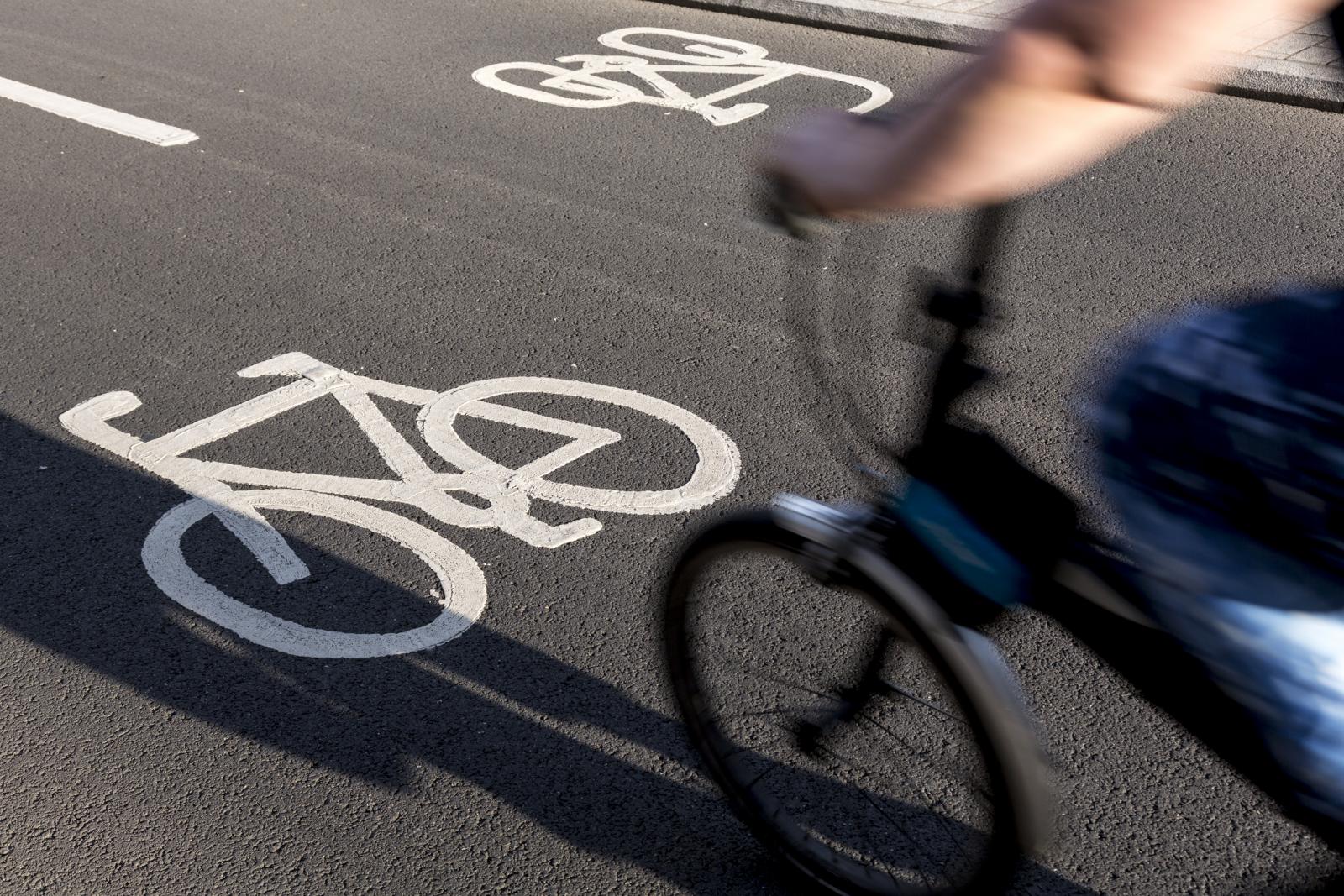Gear change… is it finally time to get excited by the Government’s vision for cycling?

The Government’s new vision for active travel landed late last month and has caused a stir that has gone much further than the usual cycling and walking policy circles. Titled ‘Gear change’, its bold aim is to make cycling and walking the logical choice for short journeys, increasing mode share and reducing congestion. It will capitalise on unprecedented growth in active travel during the coronavirus lockdown period and boost public health, reducing the burden of inactivity and improving resilience to future COVID-19 outbreaks. To achieve this, the range of policy areas and interventions that are covered is astounding. Promises to review the Highway Code, implement new traffic management powers, provide long term funding, create a zero emission city centre, new design guides, and new planning powers are just the start. This is clearly an exciting but also challenging time for local authorities, who will have to plan and deliver change on a scale which is not comparable to what has gone before. Due to the breadth of policy areas covered in the strategy, we have co-authored this piece to discuss how it might impact our different areas of work. So, what excited us about this announcement?
Tom Ellerton, Researcher 
One of my roles at the Urban Transport Group is to look after our active travel workstreams and professional network group. For me, two key elements of the new announcement are the long-term funding commitments and the new design guidance. A new Cycling and walking investment strategy (CWIS) will be set out in the upcoming Spending Review. The key difference from the first CWIS is the attachment of funding - £2 billion, creating a programme on a similar scale to what we usually see for roads and the railways. This is a huge boost for local authorities who can now plan ahead with greater certainty to deliver a long-term programme of change rather than scraping around in a stop-start funding environment. The new design guidance is long overdue and will provide local authorities with a steer as to the standard of schemes that they should be looking to implement. It has often been said that bad infrastructure can be worse than nothing at all. If we are to deliver behaviour change and get more people walking and cycling, we need to ensure that the infrastructure works for everyone, so the commitment that all new schemes must be safe for a 12-year-old is a very welcome change. A new body called Active Travel England will be set up to monitor schemes and ensure that they are within the guidance, as well as providing support to local authorities and gaining some say in planning decisions. It will be crucial to develop good links between this body and local authorities to ensure that we can work together on delivering what is a very ambitious vision.
Clare Linton, Policy and Research Advisor 
My work at the Urban Transport Group spans a whole range of policy areas, from freight to smart transport futures, sustainability to planning – and the new vision for walking and cycling has something for all of them! Transport is now the largest emitting sector in the UK, contributing around a third of carbon dioxide emissions in 2019, with the majority from road transport. In March, the Department for Transport published the Transport Decarbonisation Plan, which sets out how transport will meet net zero carbon emissions by 2050. Shifting demand to public and active travel is a key pillar of this plan, and the new cycling and walking vision demonstrates how this is a clear priority across Government. Active travel is the ultimate zero emission mode and delivering strong ambition for walking and cycling could transform how we travel in our cities and reduce carbon emission in the process. The vision sets out the role for cycling in ‘last mile’ deliveries and the need for freight consolidation schemes in urban areas to make our deliveries more sustainable and efficient. These are both measures we argued for in our 2018 report ‘White van cities’ which looked at how we can manage the massive growth in van traffic in our urban centres. It would have been good to see a recognition that walking could play a greater role in last mile deliveries. A 2018 study in London found that overall round times for a parcel carrier could be shorter if fewer stops were made and a greater number of deliveries and collections were made on foot. It can also be easy to dismiss cargo bikes as only able to deliver small packages… but last year active travel charity Sustrans managed to move their entire London office by bike, as this YouTube video shows, so let’s think big for cargo bikes! In our 2019 report ‘The place to be’, we demonstrated how transit oriented development can put public and active transport at the heart of new developments to create more sustainable choices for those who live and work in these areas. In particular, sustainable transport needs to be considered from the outset in planning new developments. As Tom mentioned, Active Travel England will act as a new planning body to ensure that sustainable transport is part of the planning process and help authorities to deliver on the ambition set out in this vision.
Let’s get started
We have done a lot of work over the years making the case for active travel, so it is great to see that this battle is being won. However, our professional network will continue to play a vital role through our active travel group. We have strong connections with key stakeholders in Government through to major NGOs in this space, who will be vital in enabling our members to deliver the greatest benefit from this vision. Previous work shows that where we get active travel schemes right, we can change our cities for the better. It is deeply encouraging that one positive we can take out of the coronavirus crisis, is to make active travel more prominent in our city regions. Let’s get started!
By Tom Ellerton and Clare Linton Download ‘Gear change’, the Government’s vision for cycling and walking

